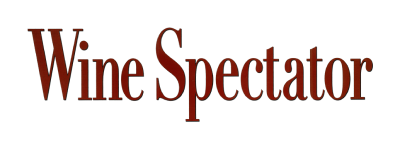
The House of Krug
History
In 1834, a young Joseph Krug, arrived in France from his native homeland of Germany. A visionary and nonconformist, he began working in the cellars of Jacquesson looking to gain experience. After a few years, he came to understand what an outstanding Champagne should be. So, in 1843 he founded his own Champagne house. Today, Krug has a reputation for quality, bright individuality and an extremely recognisable style.
The House became a part of the LVMH luxury group in 1999, but the approach to Krug Champagne has remained unchanged. It continues to reveal the individuality of each vineyard in Cuvée Prestige.
House produces millesime Champagne, Krug Rosé and the Krug Brut "Grande Cuvée" — an iconic Champagne that comes from 250 different vineyardsand includes 150 reserve wines, some of which are under 15 years old.
Technology
The Krug style is highly recognisable with its ageing in large oak barrels and on lees. This style was passed down from father-to-son for centuries, and still remains unchanged.
The Krug Collection bottles are numbered and leave the House in a specific order. Thus, it is always possible to know how much of this precious Champagne remains. It is also possible to request a certificate of authenticity, which is guaranteed by Krug and signed by Olivier Krug.
Krug Collection 1988 is part of the House of Krug’s unique trilogy of three exceptional years (1988, 1989, 1990), each with completely different climates. Krug 1988 is expressive, opulent and sensual. It was a year without any excess, so the conditions promoted slow ripening of the grapes. The result: a Champagne with the perfect balance of freshness and maturity.





